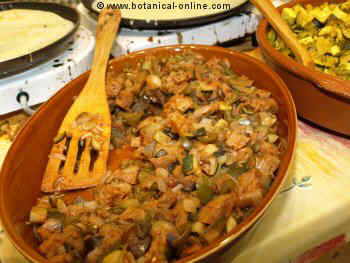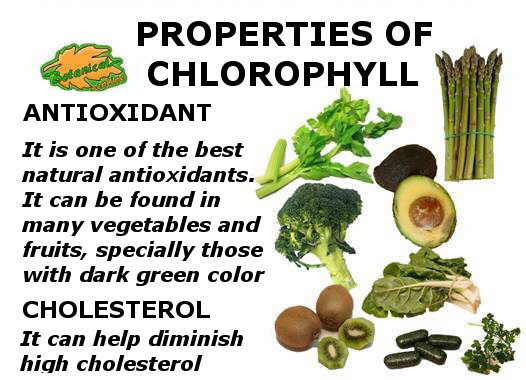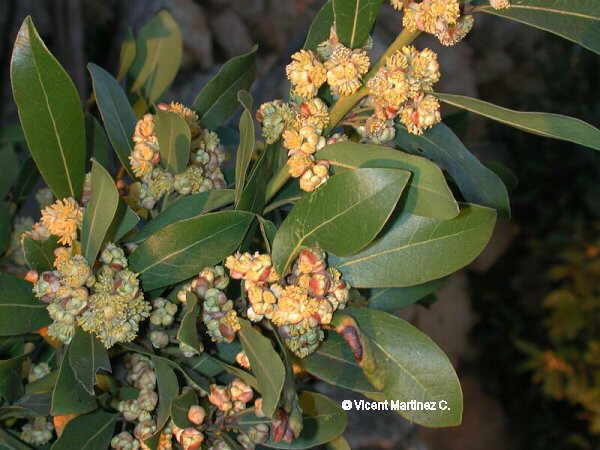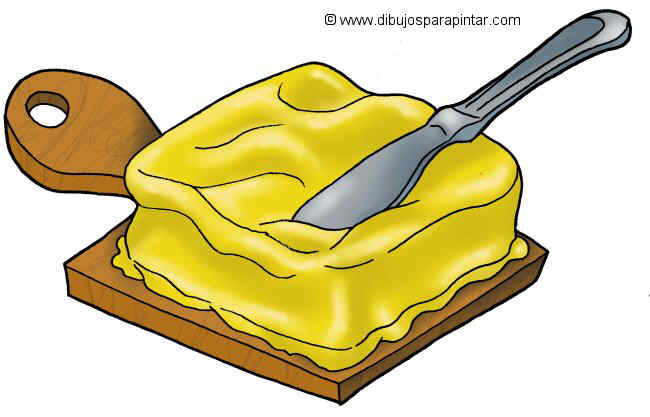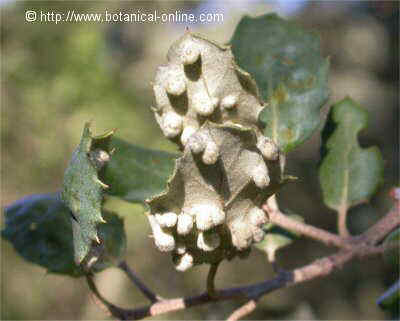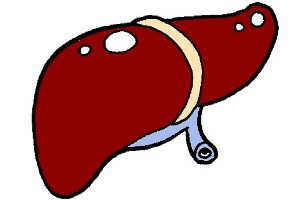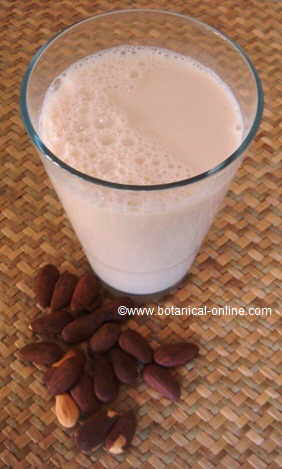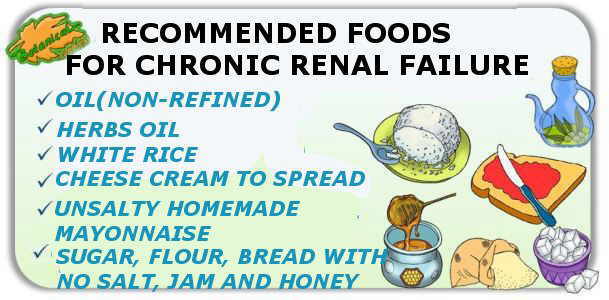Contents
WILD SAFFRON CHARACTERISTICS
Characteristics of meadow saffron
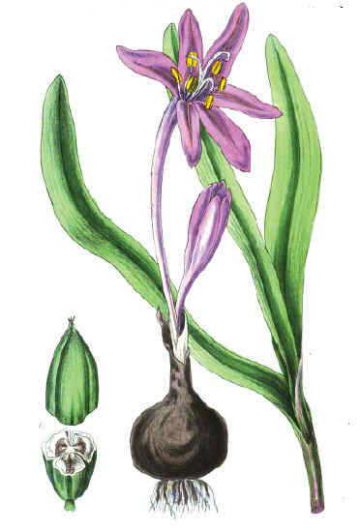
Scientific noun: Colchicum autumnale L.
Family: Lily family – Liliaceae
Habitat: In mountains in wet grasslands.
Alkaloids: Colchicine, C 22 H25 NO 6.
Active parts
The whole plant, specially the seeds.
Medicinal properties of colchicum
This plant was used in the past for the treatment of diseases such as gout, rheumatism, or cancer
Toxicity
Very toxic. Formerly poisonings occurred when people used prepared homemade preparations. Many cases of known deaths are due to this reason.
Contraindications
Today, meadow saffron is not used in medicinal preparations so poisoning in 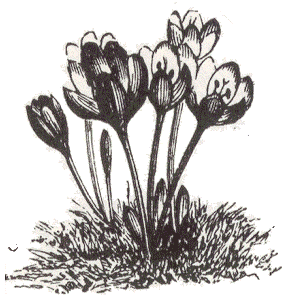 people are rare except when it has been confused with saffron.
people are rare except when it has been confused with saffron.
Not so with animals, because there have been reported many cases of deaths of horses, cows and sheep that have eaten the grass where this plant grows.
Symptoms
Stomach pain, vomiting, diarrhea, weakened pulse, convulsions, coma.
Medical treatment
Emetics, gastric lavage.
![]() More information on medicinal plants
More information on medicinal plants

